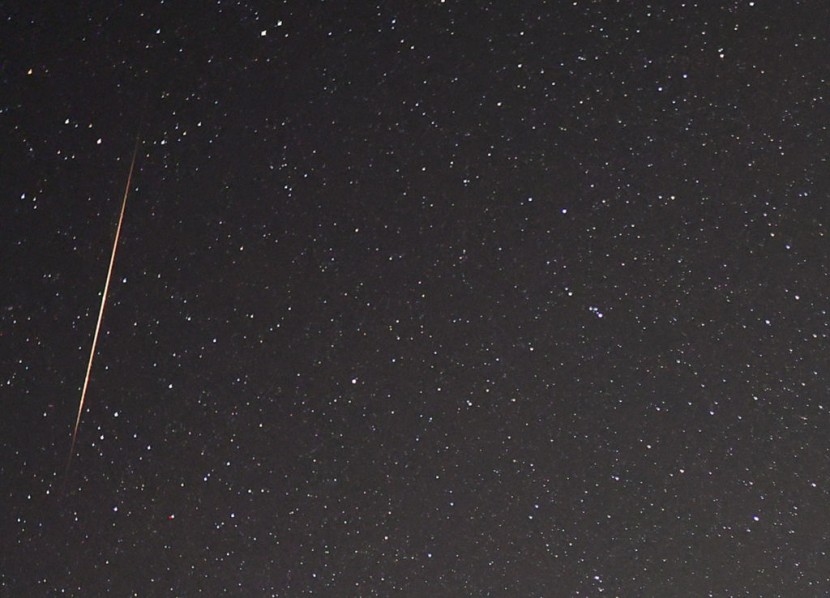
Seattle residents were in awe on Wednesday night as a meteorite glowed brightly over the area, showcasing the bright and luminescent cosmic object hurtling across space.
Many people quickly took videos of the amazing moment and posted them on social media platforms. The meteor was observed just after 10:15 p.m. and residents posted on Twitter to share their reactions and footage of the incident.
Seattle Meteor
The National Weather Service Seattle also confirmed in replies that the object was in fact a meteor after initial confusion. NASA said that the Orionid Meteor Shower is active from Sept. 26 to Nov. 22 and is thought to be one of the best meteor showers of the year.
Orionid meteors are popular for their brightness and speed, which allow them to leave glowing "trains" that can last for several seconds. The meteors are space debris that came from Halley's Comet.
Each time that Halley returns to the inner solar system, it sheds ice and rocky dust into space, which, in time, become the Orionids in October and the Eta Aquarids in May, if they collide with our planet's atmosphere, as per King5.
Experts note that the Orionid Meteor Shower peaks in mid-October every year and is expected to peak this year around Oct. 20 to Oct. 21. During this time, approximately 15 meteors per hour are believed to be visible in moonless skies.
This flash in the Seattle sky at 10:18pm woke me right up. Meteor? Satellite? That Astros homer finally returning to Earth? (Sorry)
— Jack Clemens (@jack_clemens) October 13, 2022
Any ideas @NWSSeattle ?
(Located in West Queen Anne. Ignore the camera light’s blue reflection on my window glass.)
#meteor pic.twitter.com/0Rq8DBmVTn
The recent meteor was also captured by a Seattle doorbell camera and could be seen as a bright fireball lighting up the sky. The resident that posted the video was Michael Snyder and was taken outside of his home.
According to Fox Weather, when the meteor was first observed, there were multiple fireball reports sent to the American Meteor Society where people throughout Washington and Oregon reported seeing the cosmic object in the night sky.
Read Also : Researchers Discover White Dwarf Consuming Much Larger Star in 'Cataclysmic Variable System'
Orionid Meteor Shower
The AMS noted that the term fireball is another word used to describe a very bright meteor. While most meteors are only roughly the same size as tiny pebbles, one that is the size of a softball can produce light equivalent to the full moon for a brief moment.
Each day, there are several thousand meteors of fireball magnitude that occur in Earth's atmosphere, said the AMS. However, the vast majority of these occur over the oceans and uninhabited regions, many of which are masked by daylight.
Experts added that meteors typically enter our planet's atmosphere at blistering speeds of 10 miles per second, which is equivalent to roughly 36,000 miles per hour. The Lincoln City Police Department in Oregon also captured video footage of the incident on one of their dashboard cameras.
In a statement, the department's sergeant said that the meteor emitted a bright green light and looked similar to a "flare in the sky." In many of the videos posted on social media platforms by various residents, a trail of smoke could be seen on the tail end of the meteor before it burns up.
This burning up is air undergoing compaction and compression ahead of a fast-moving meteor and is called incandescence, Fox13 Seattle reported.
Related Article : NASA DART Mission a Big Success! Massive Asteroid Changes Trajectory After Spacecraft Crash
© 2025 HNGN, All rights reserved. Do not reproduce without permission.








